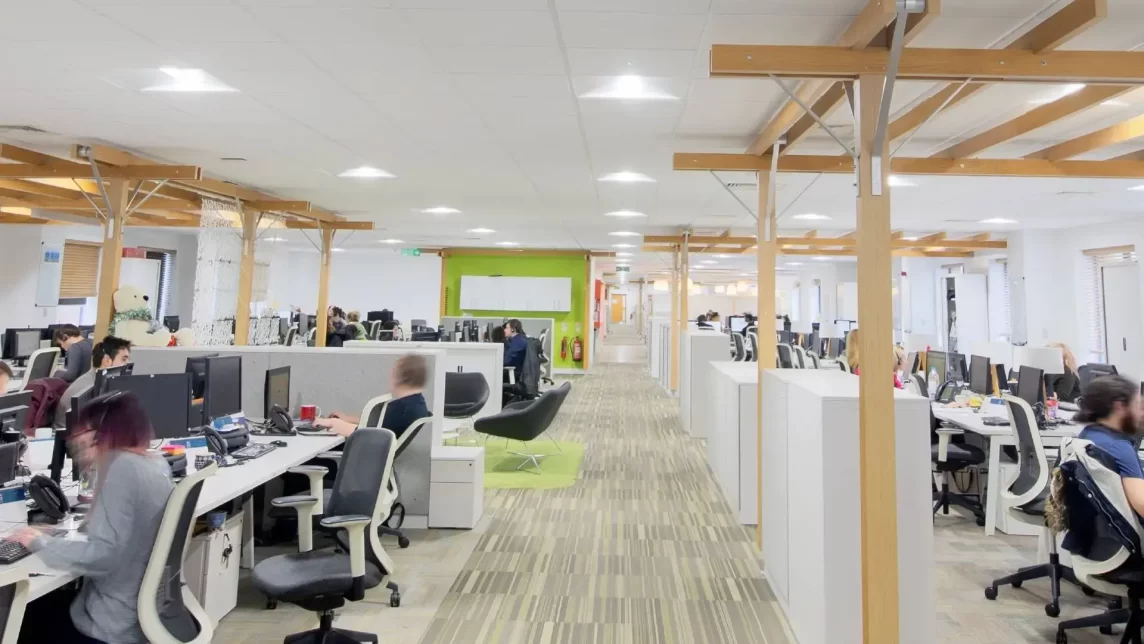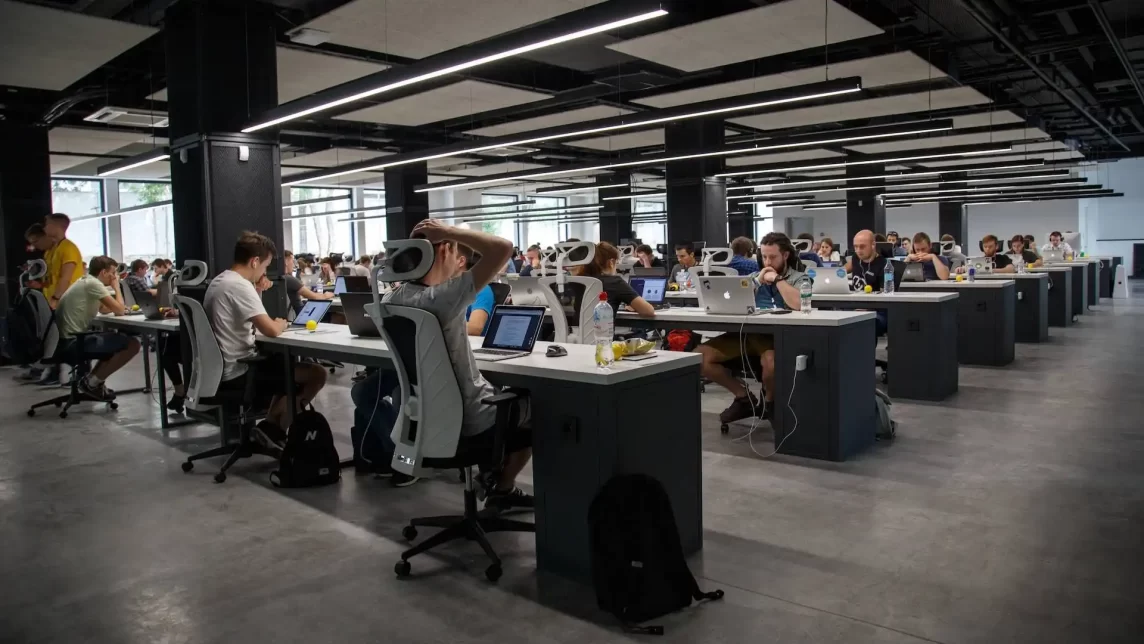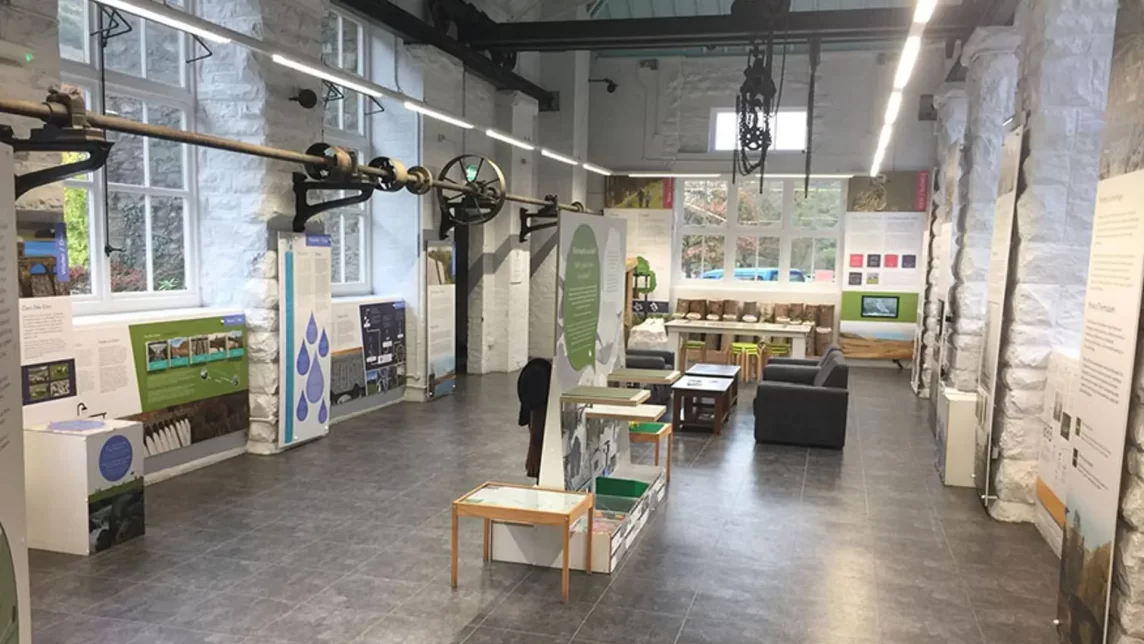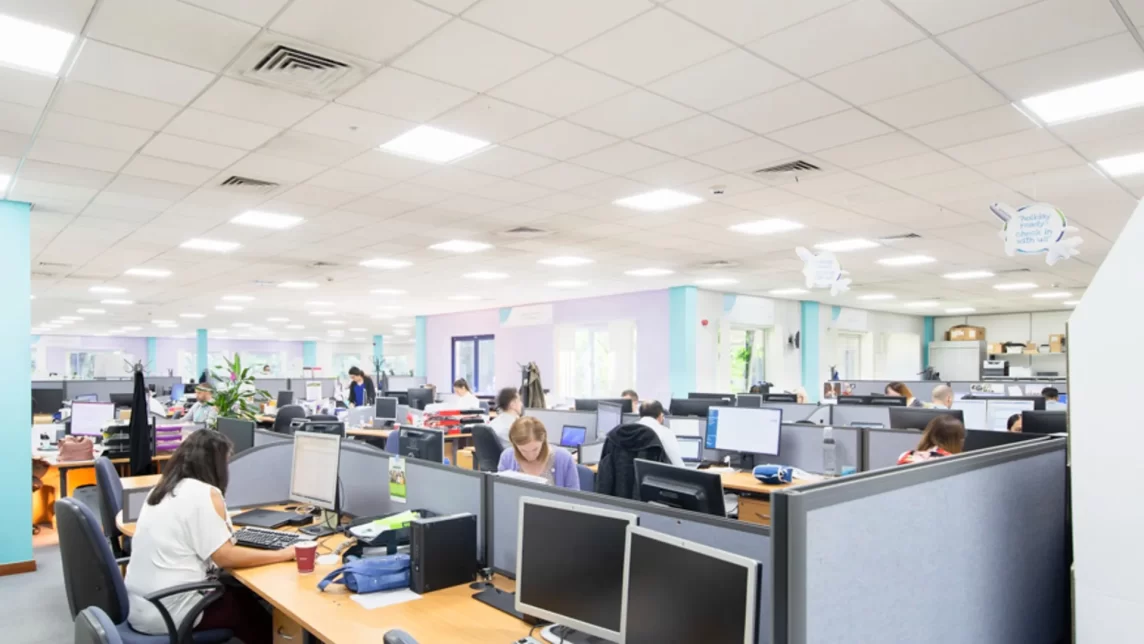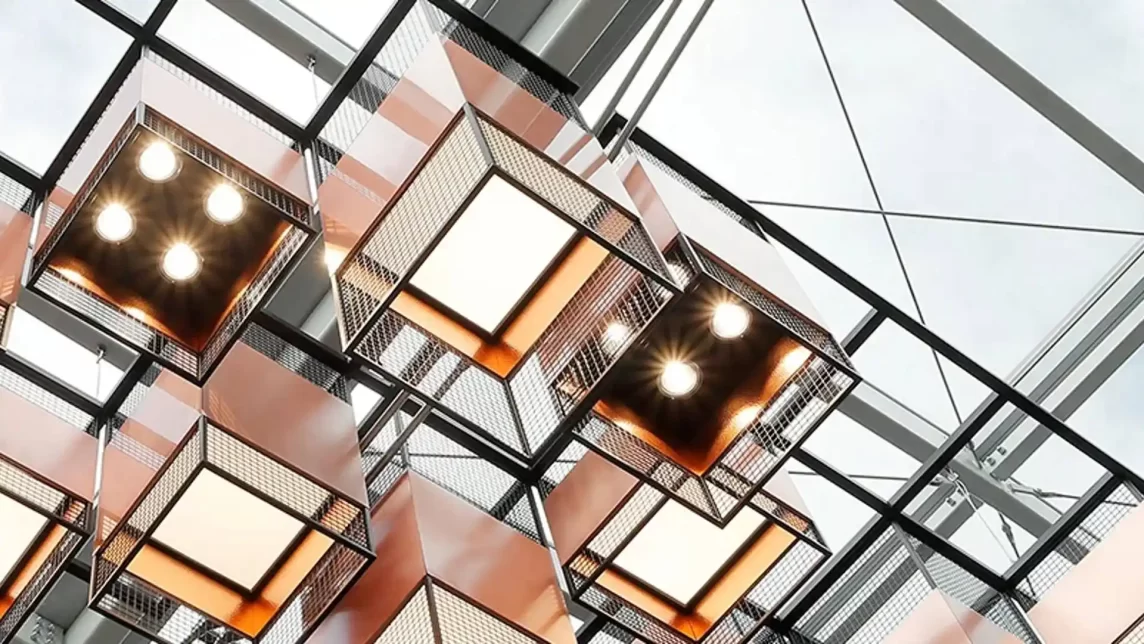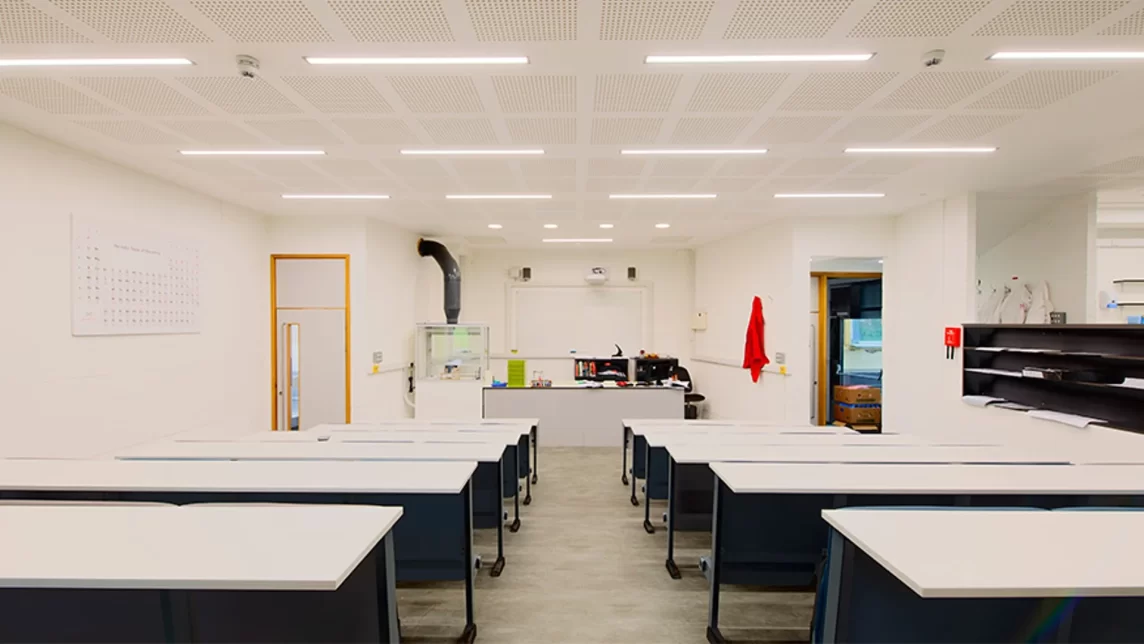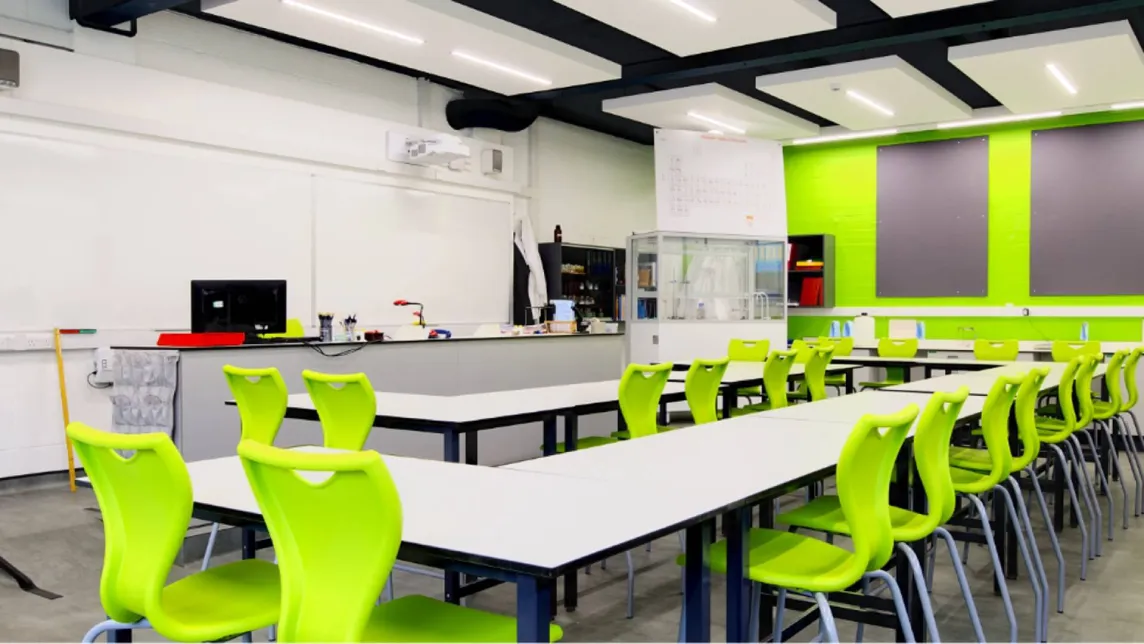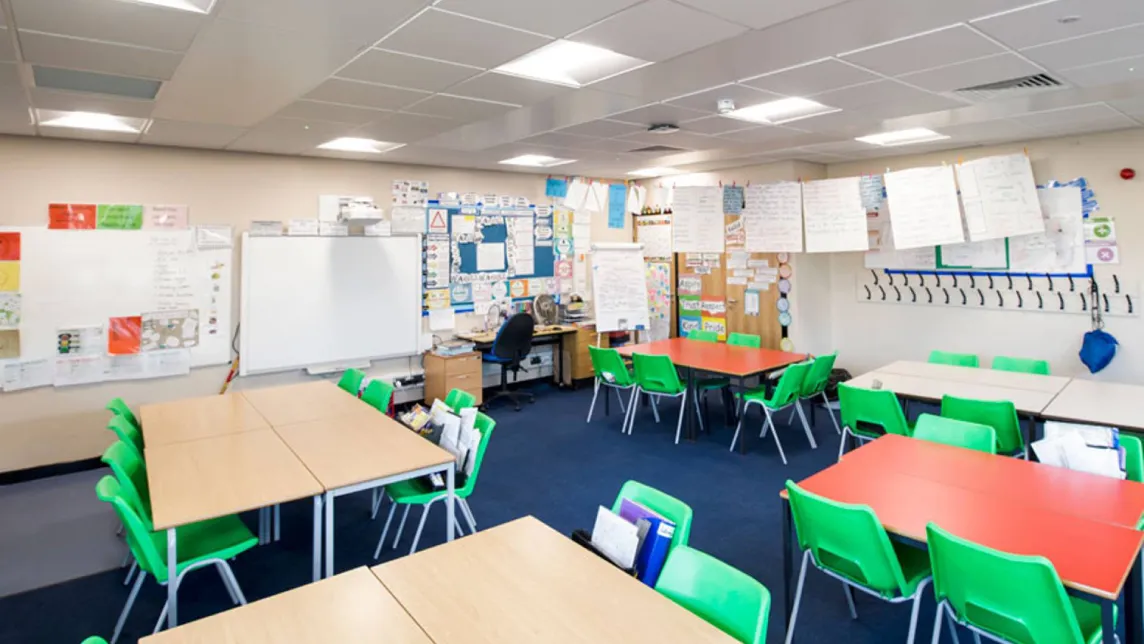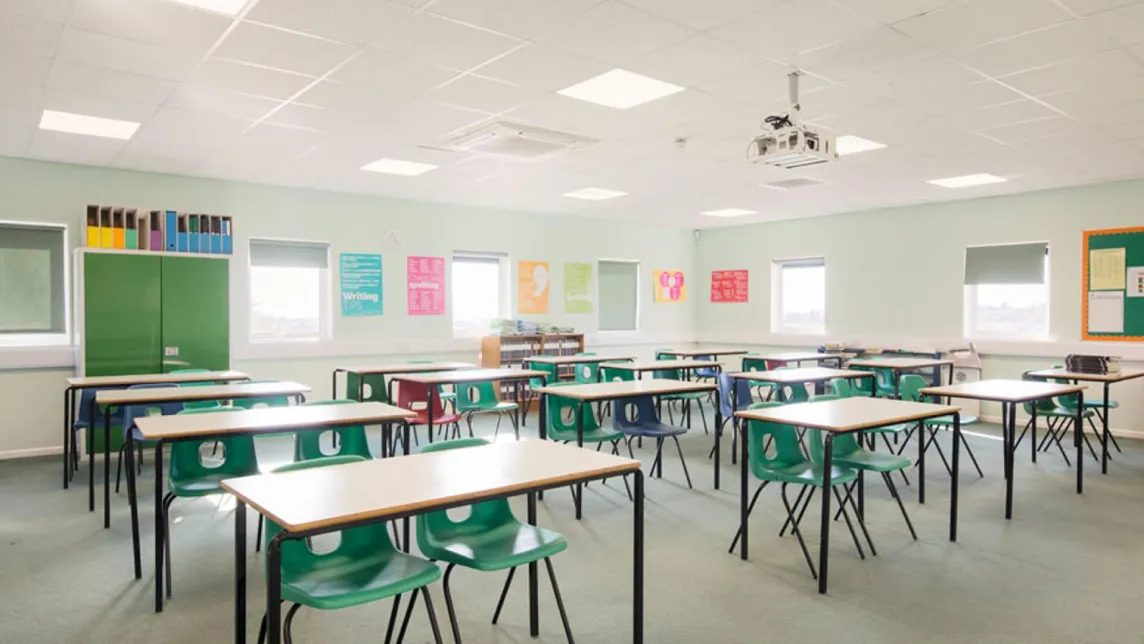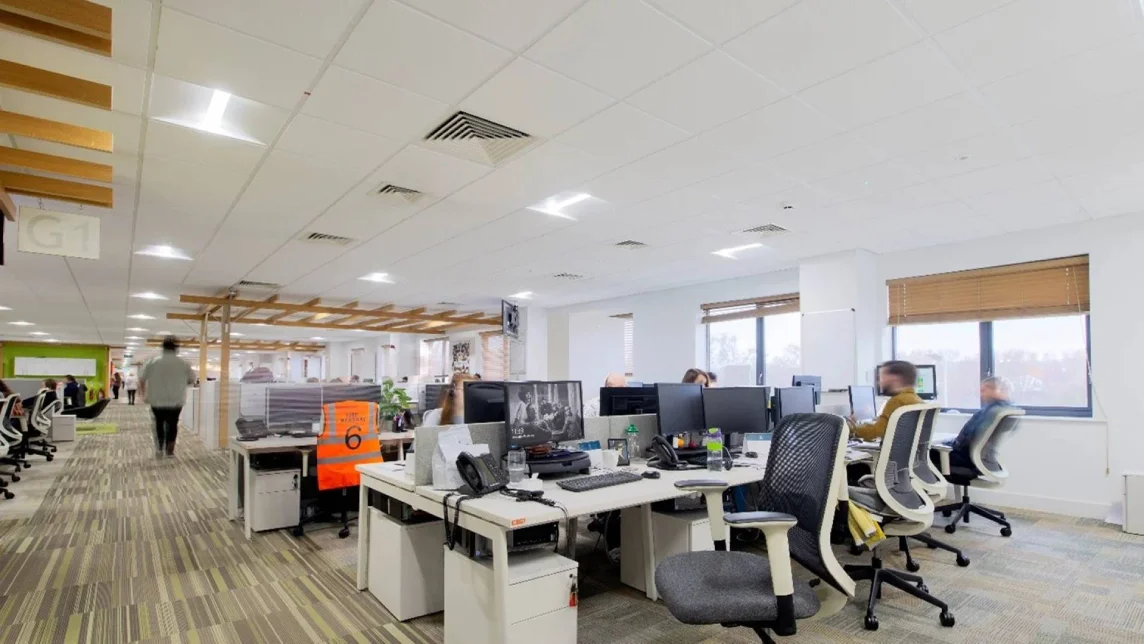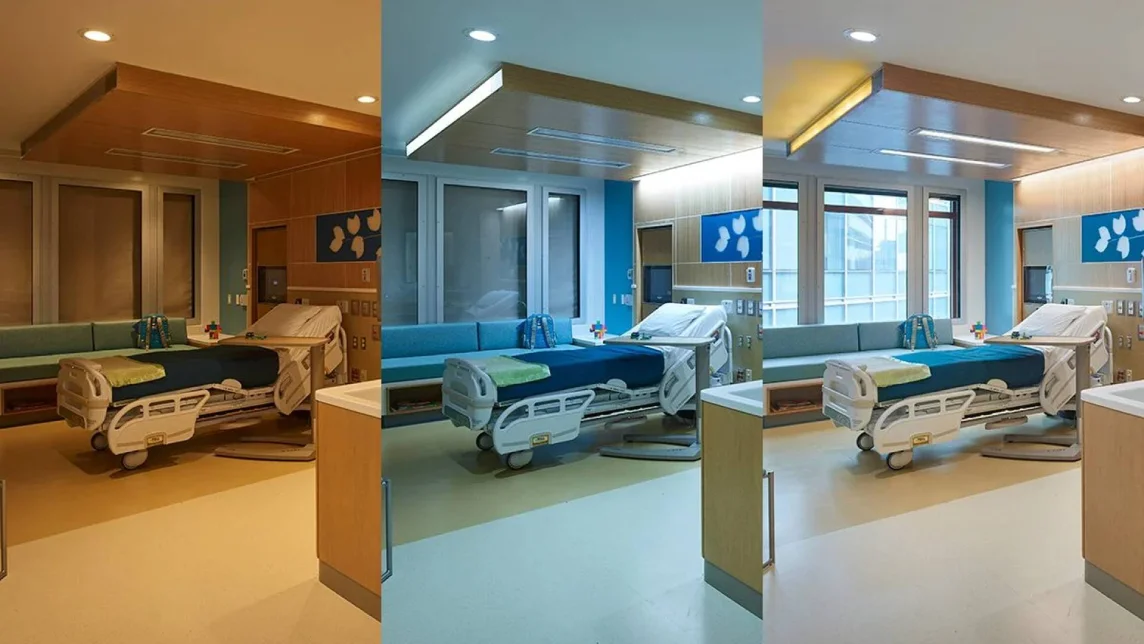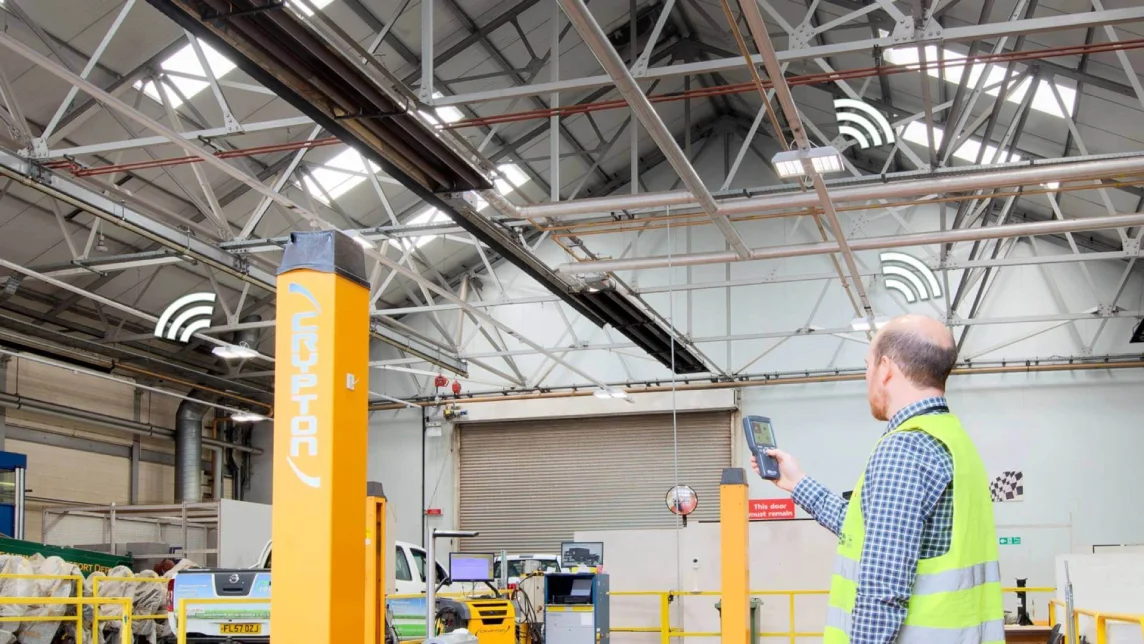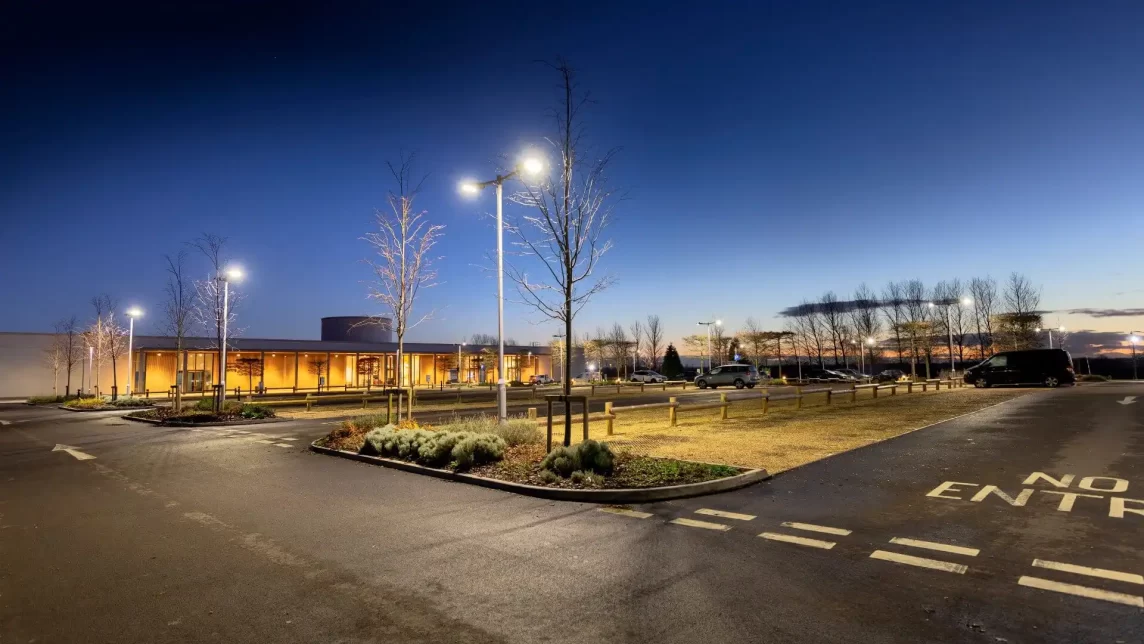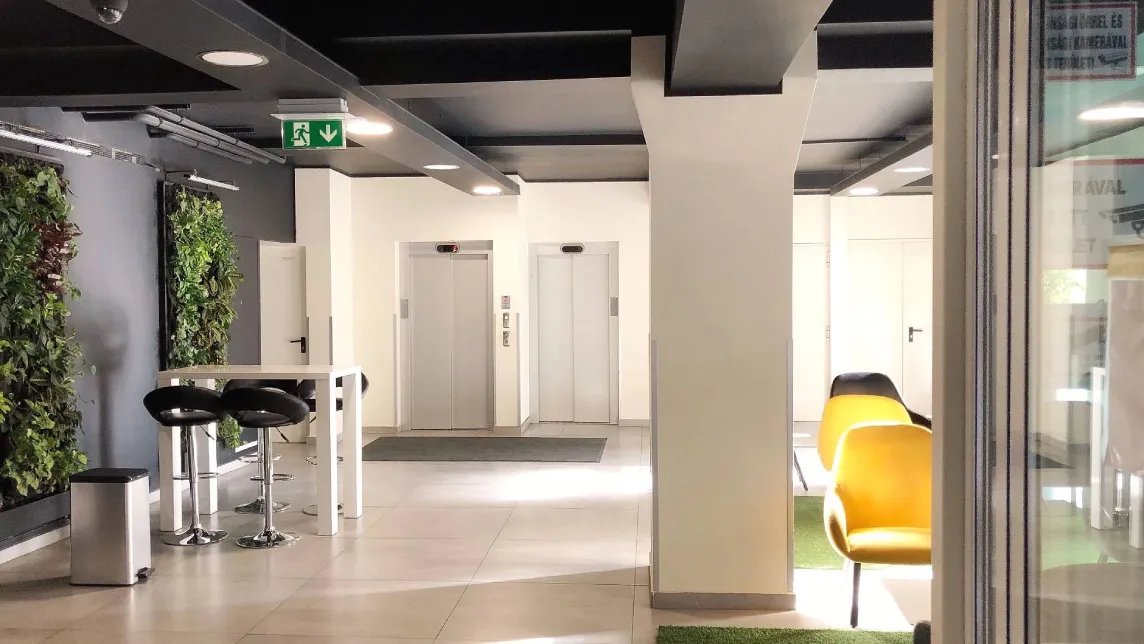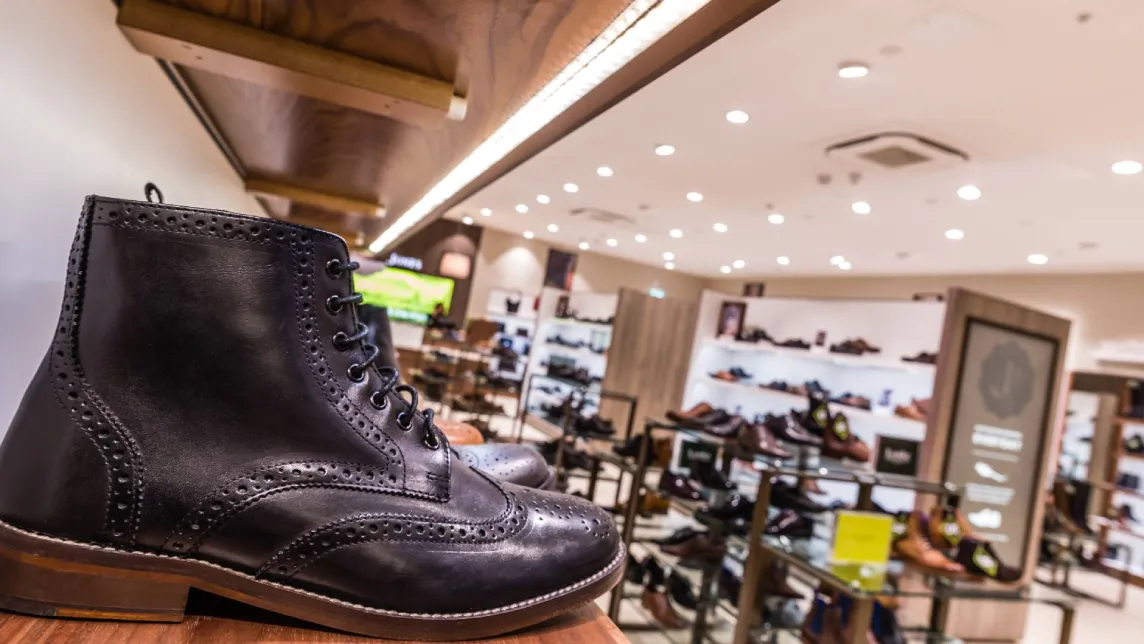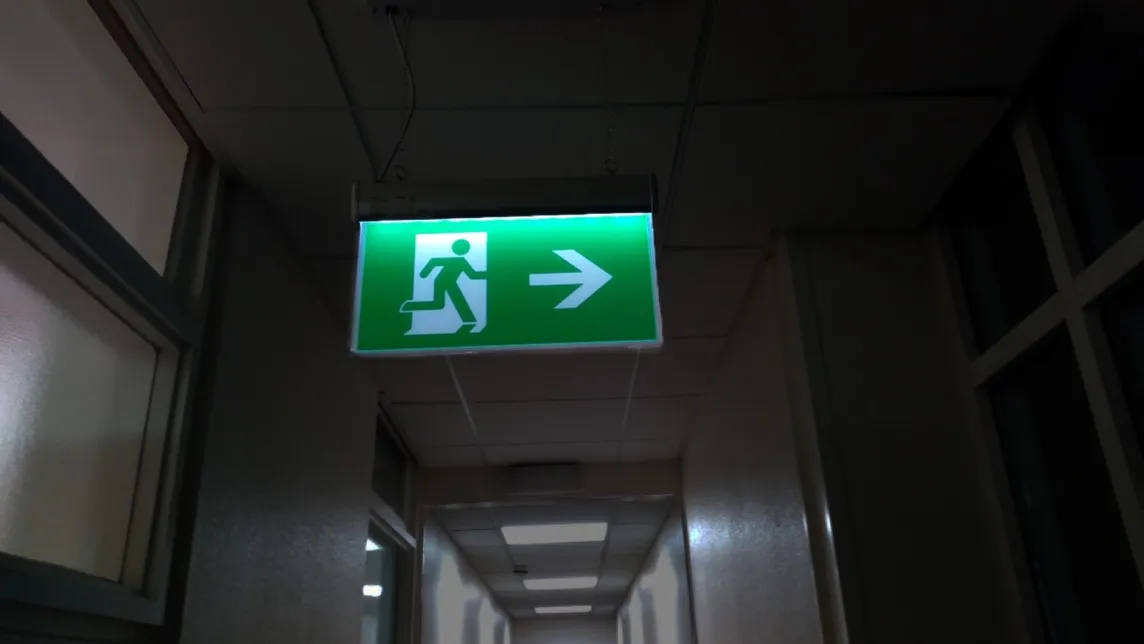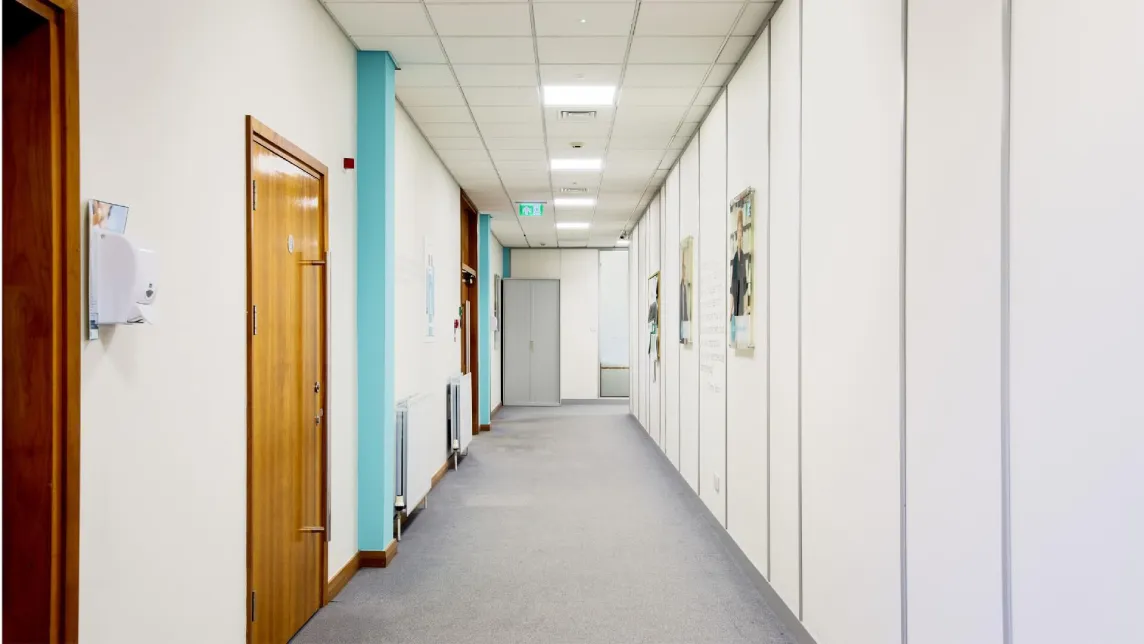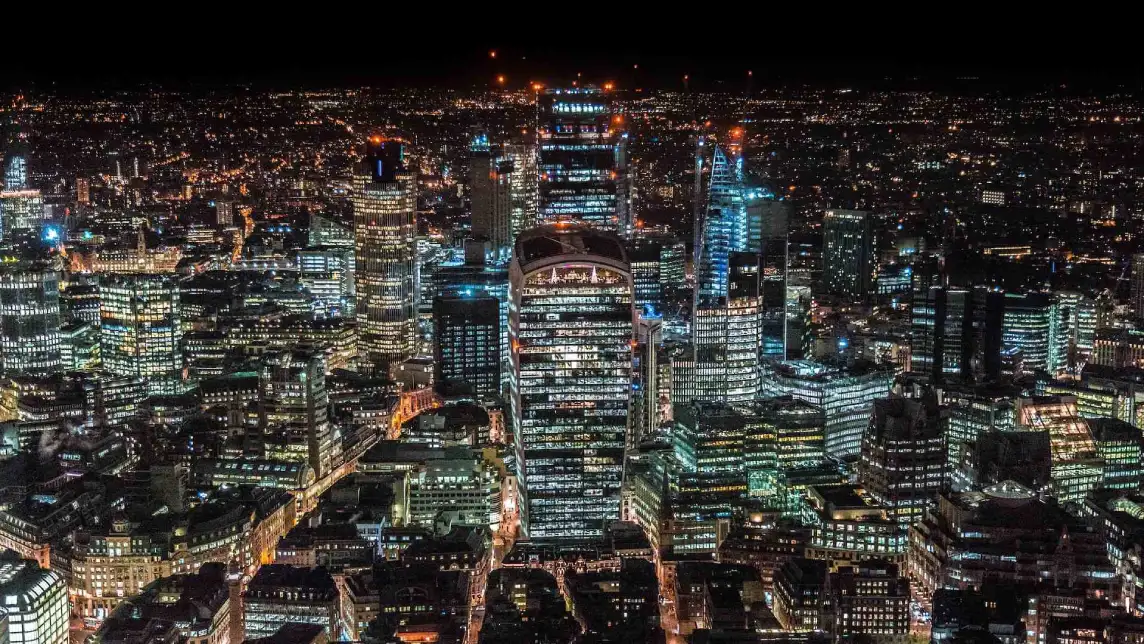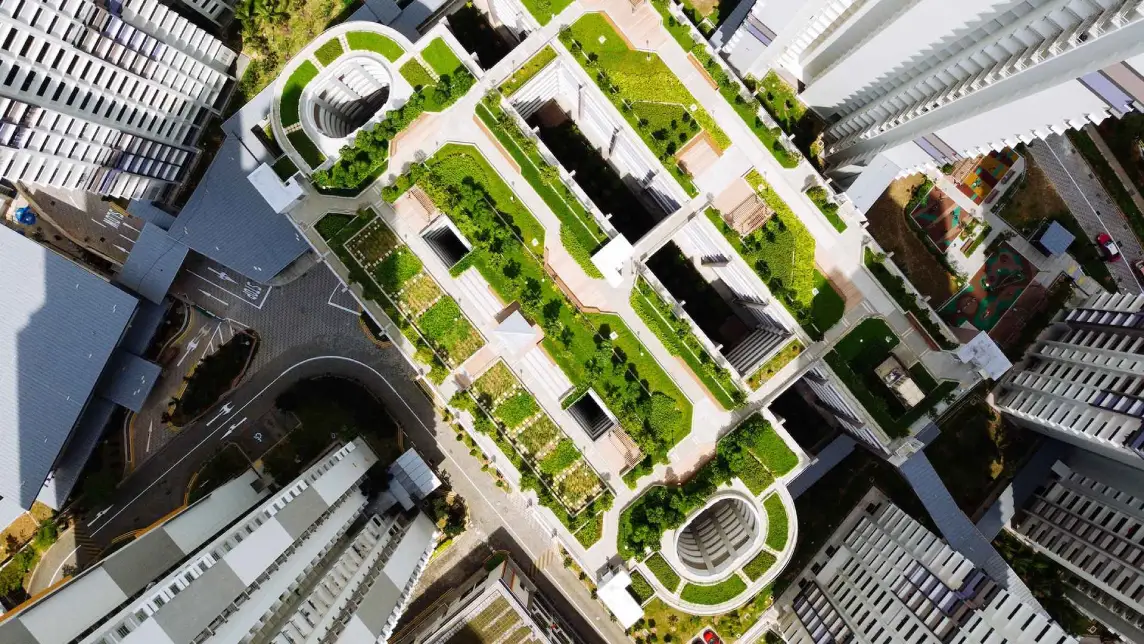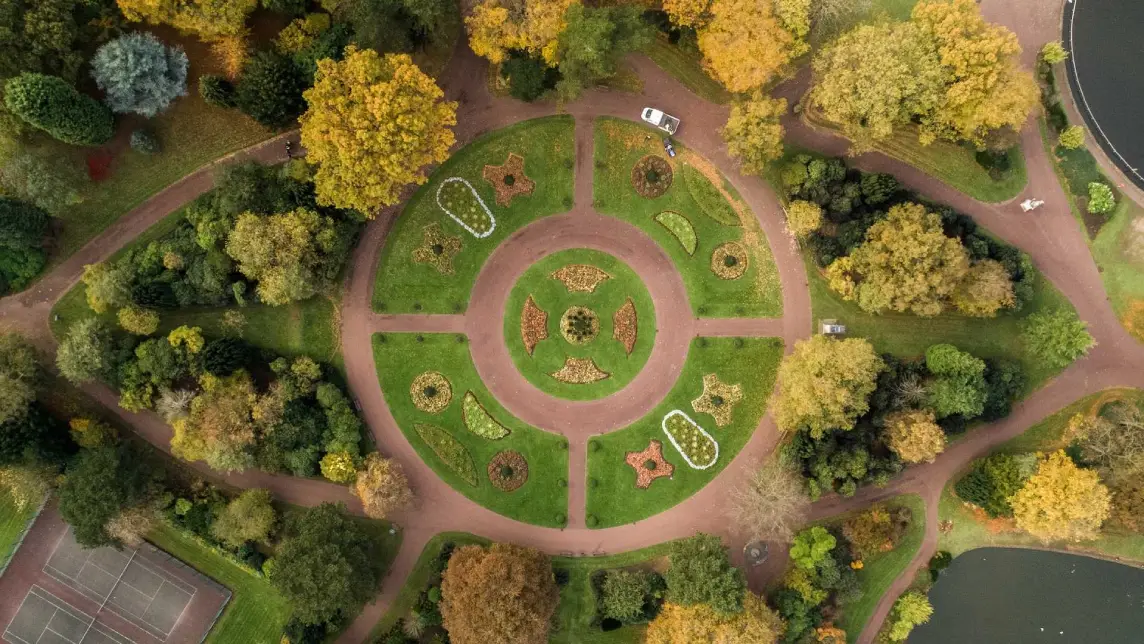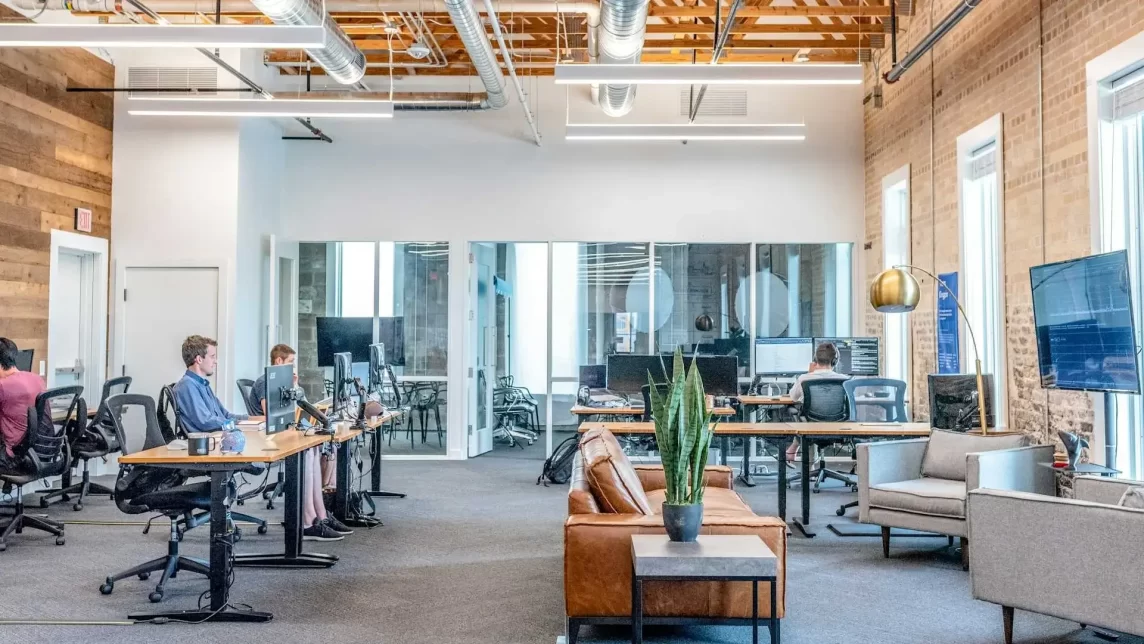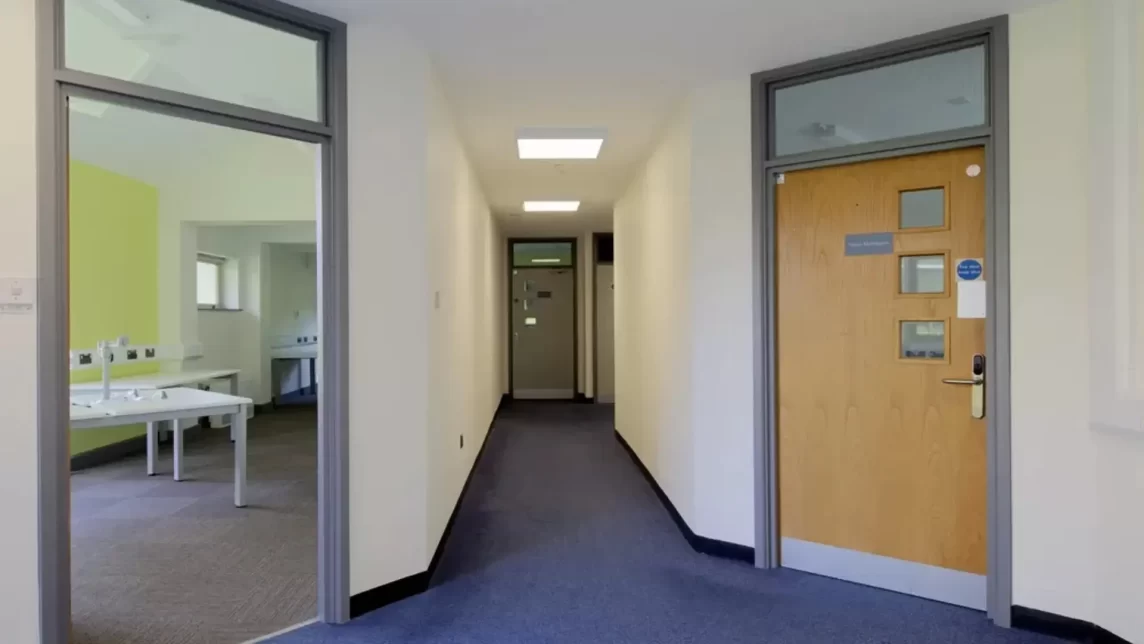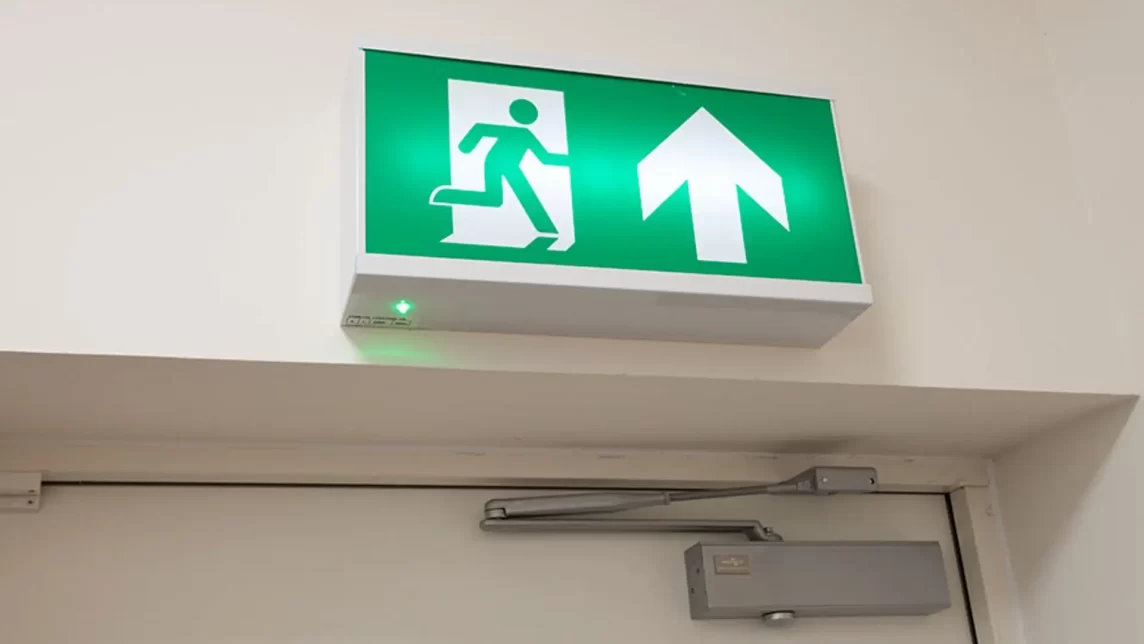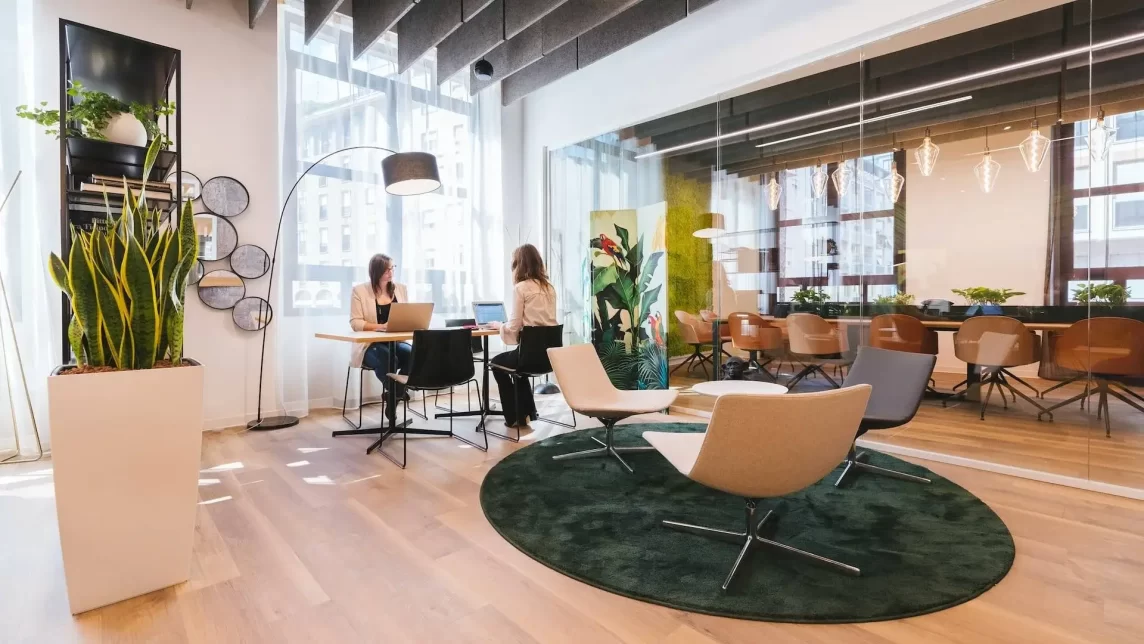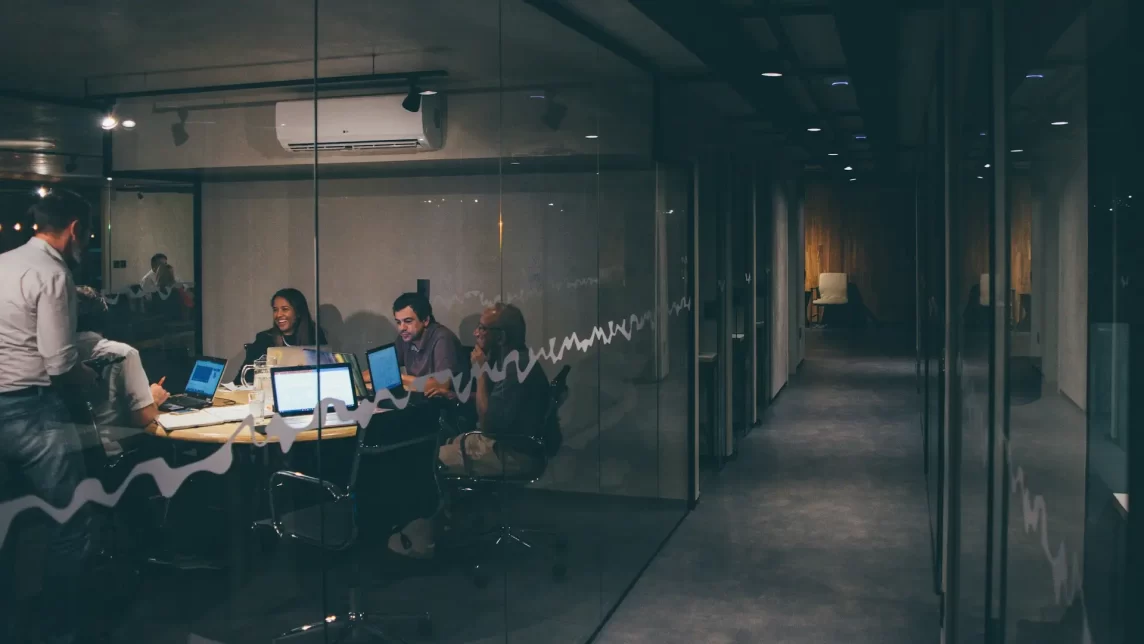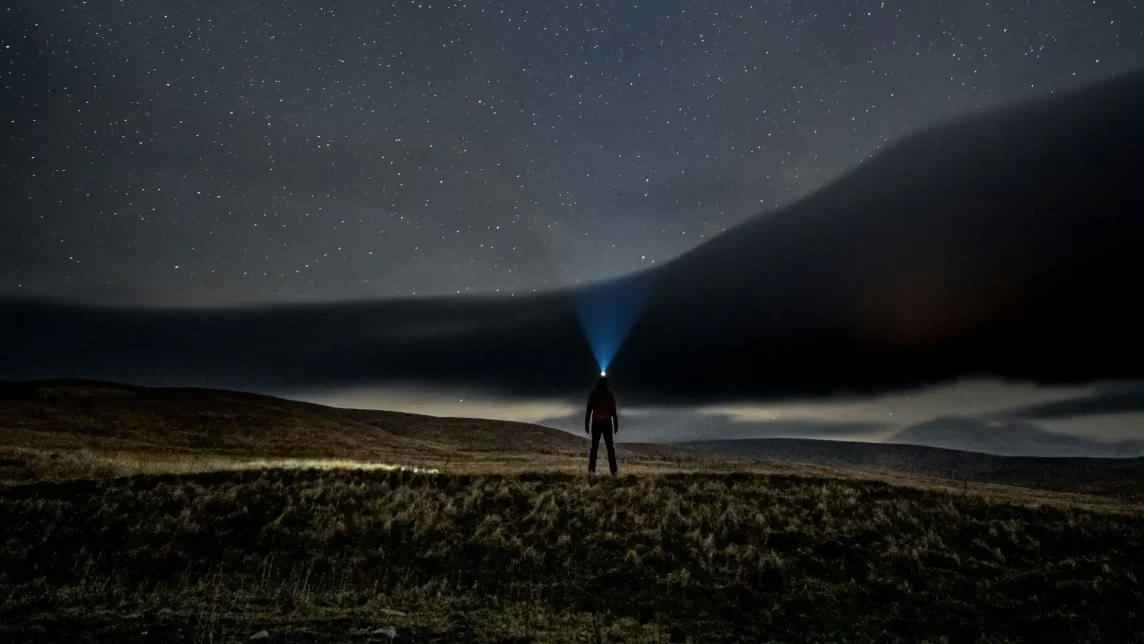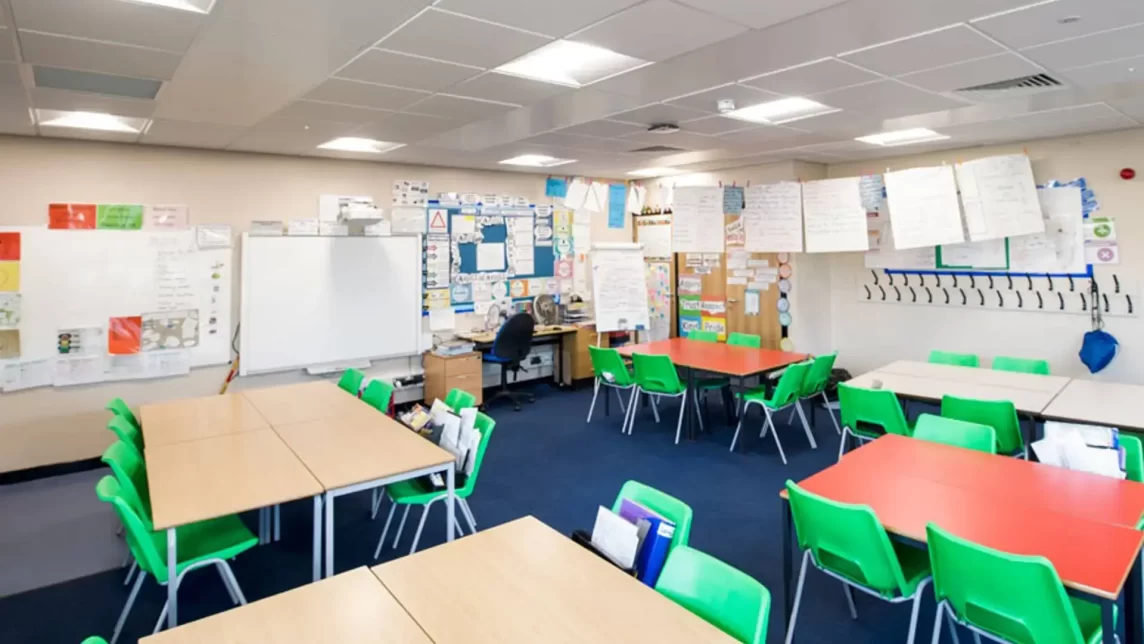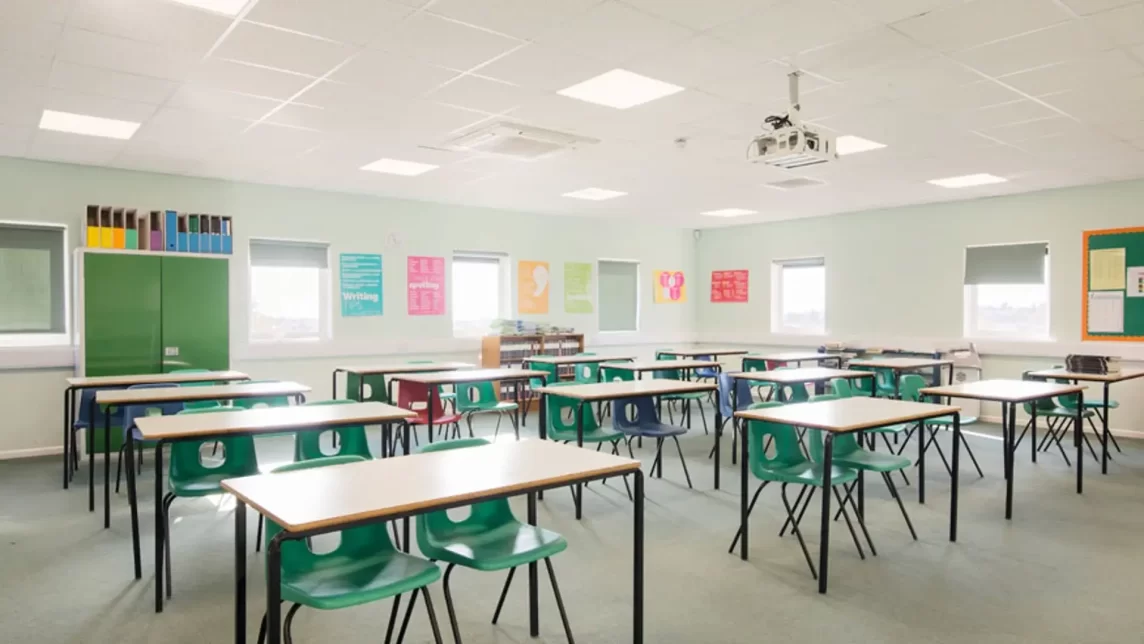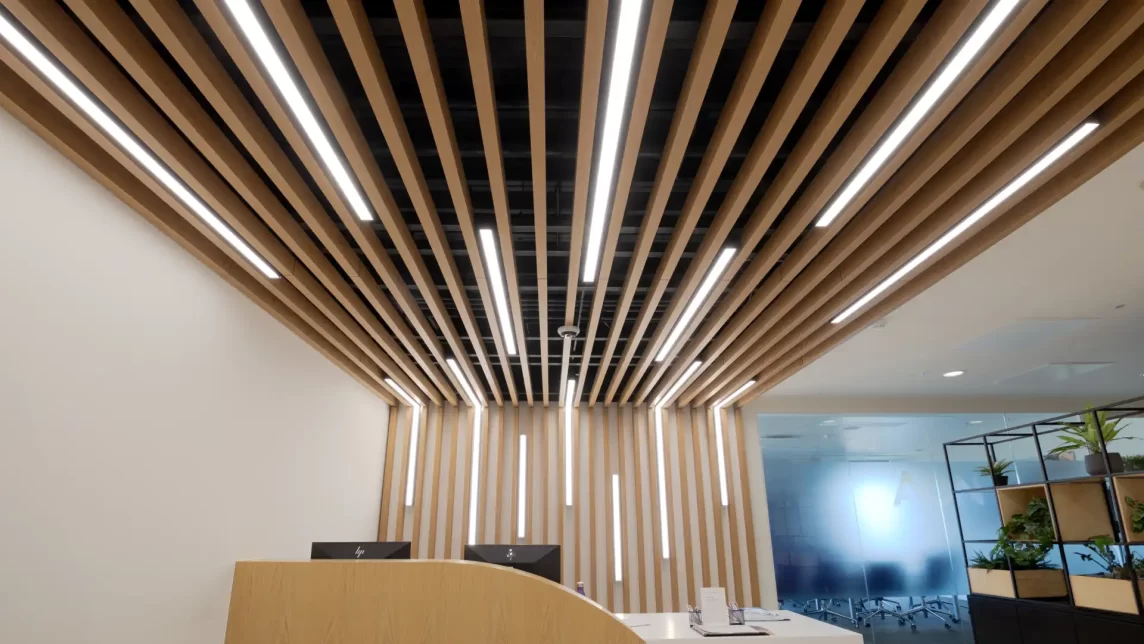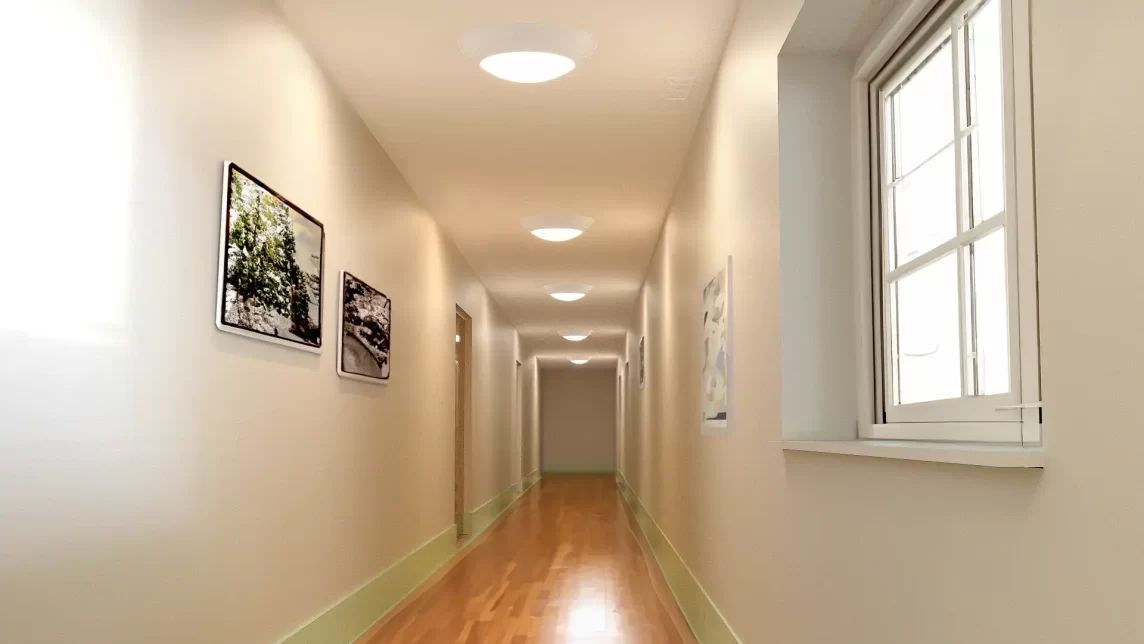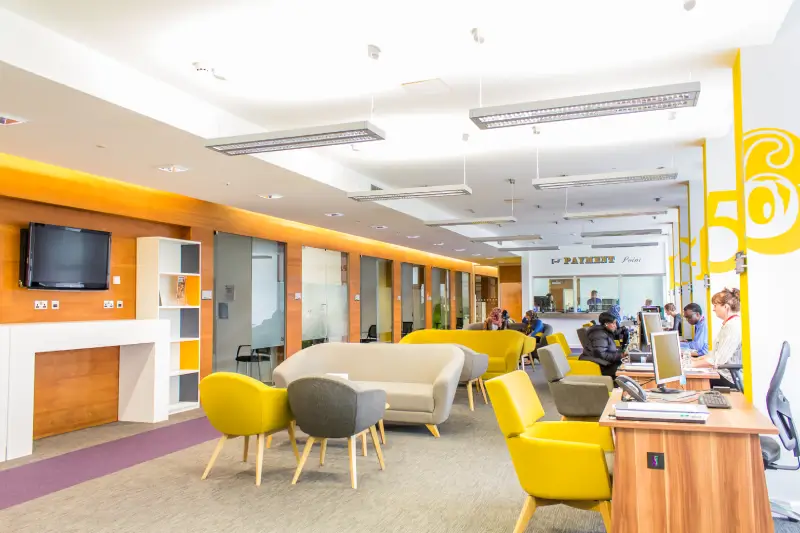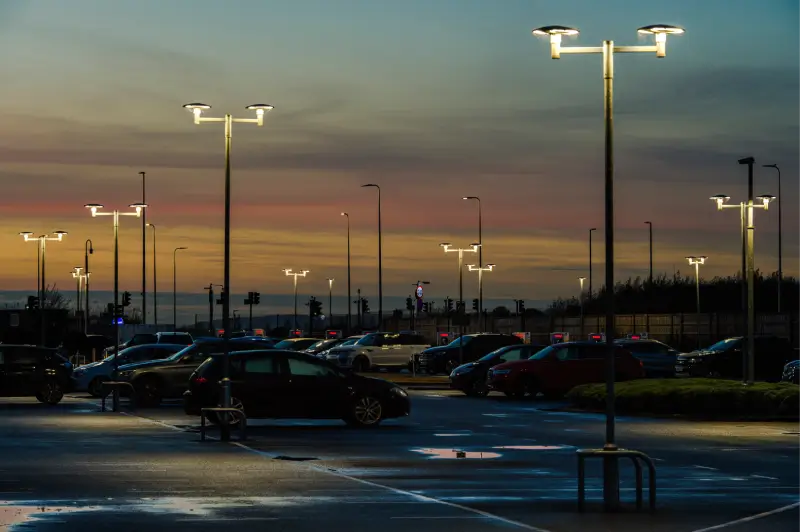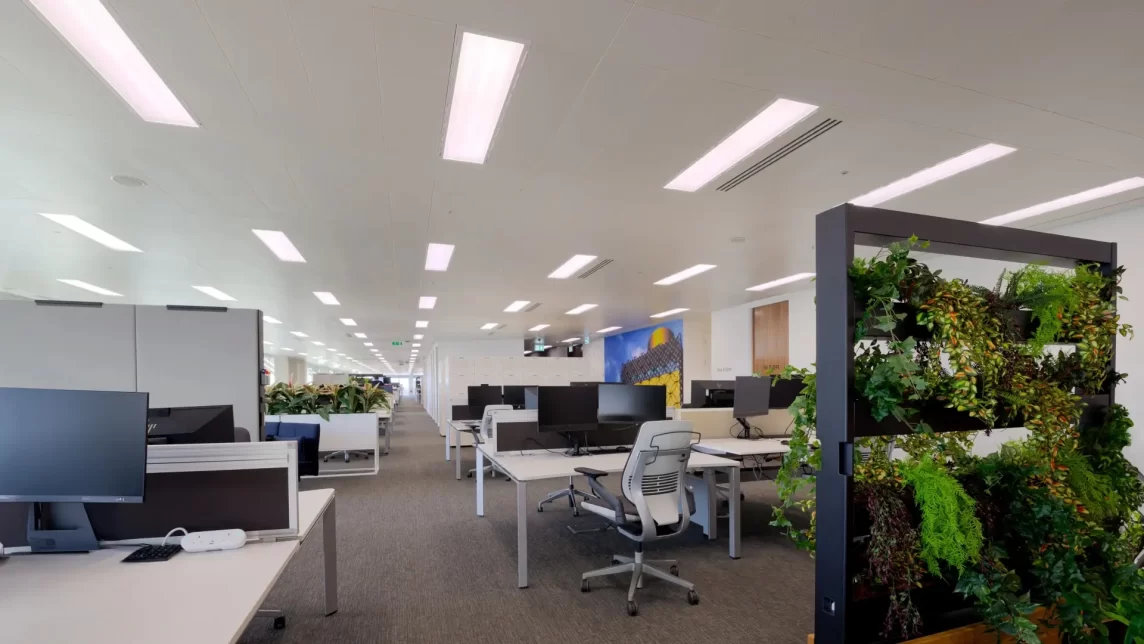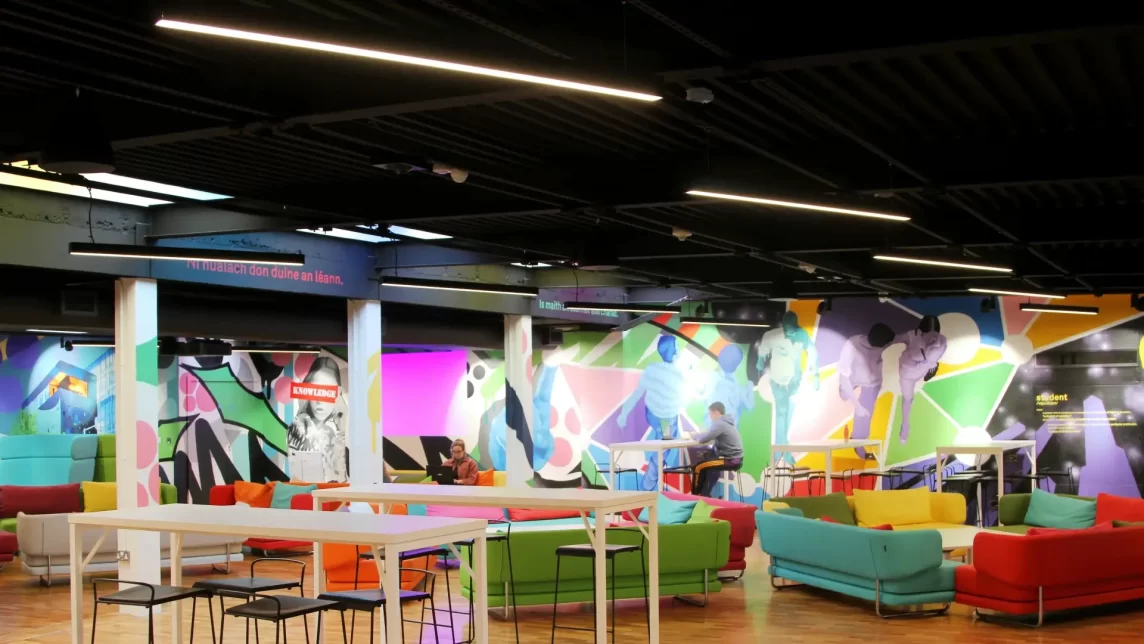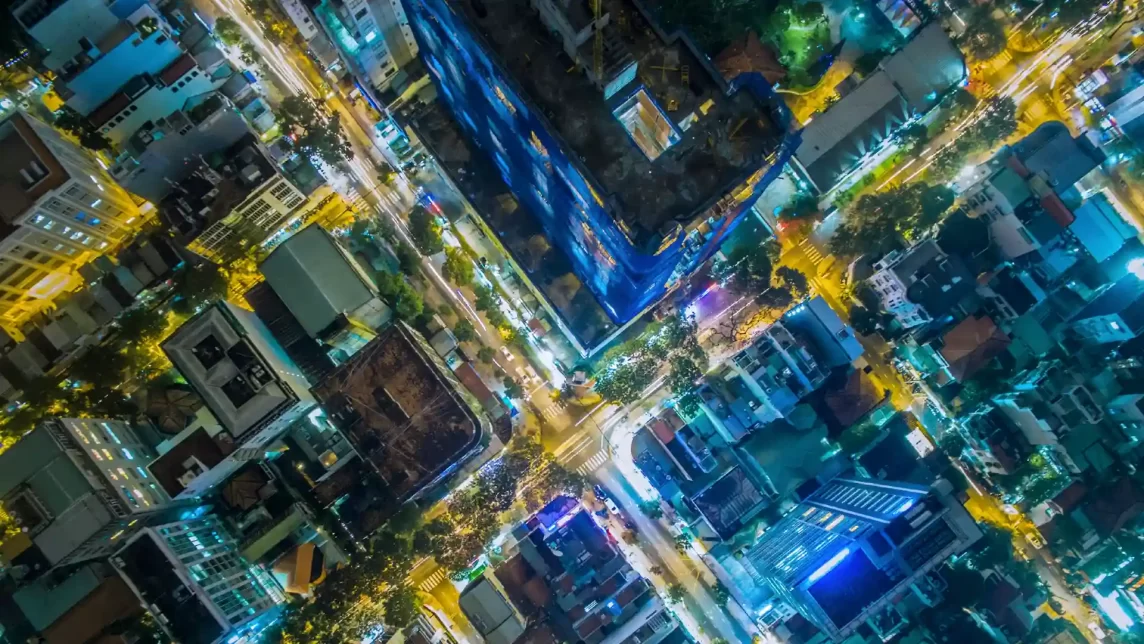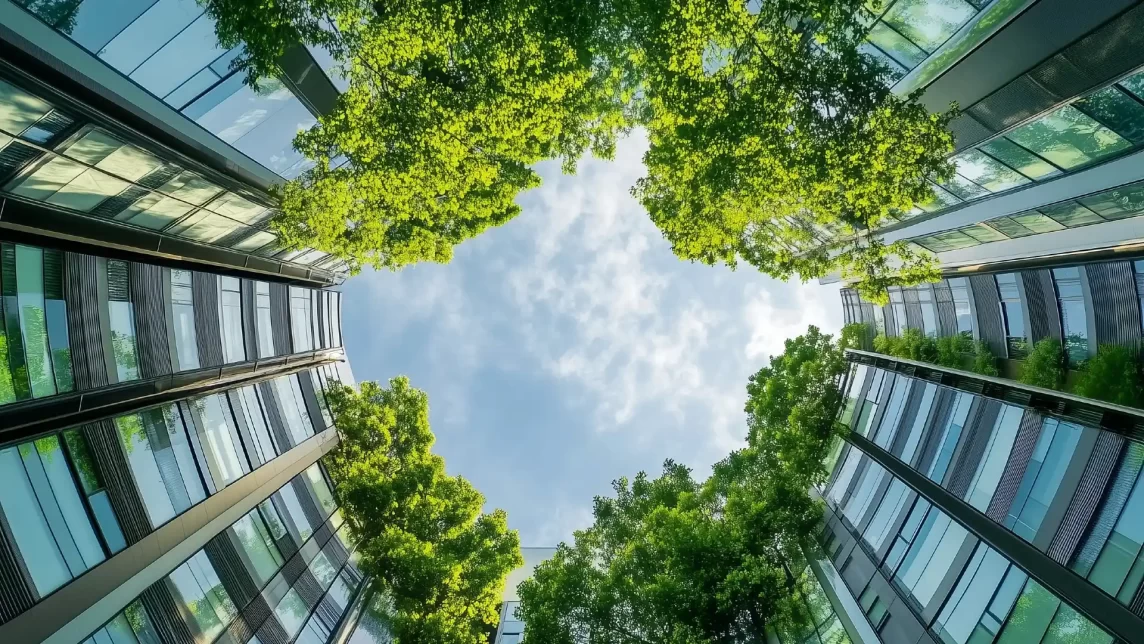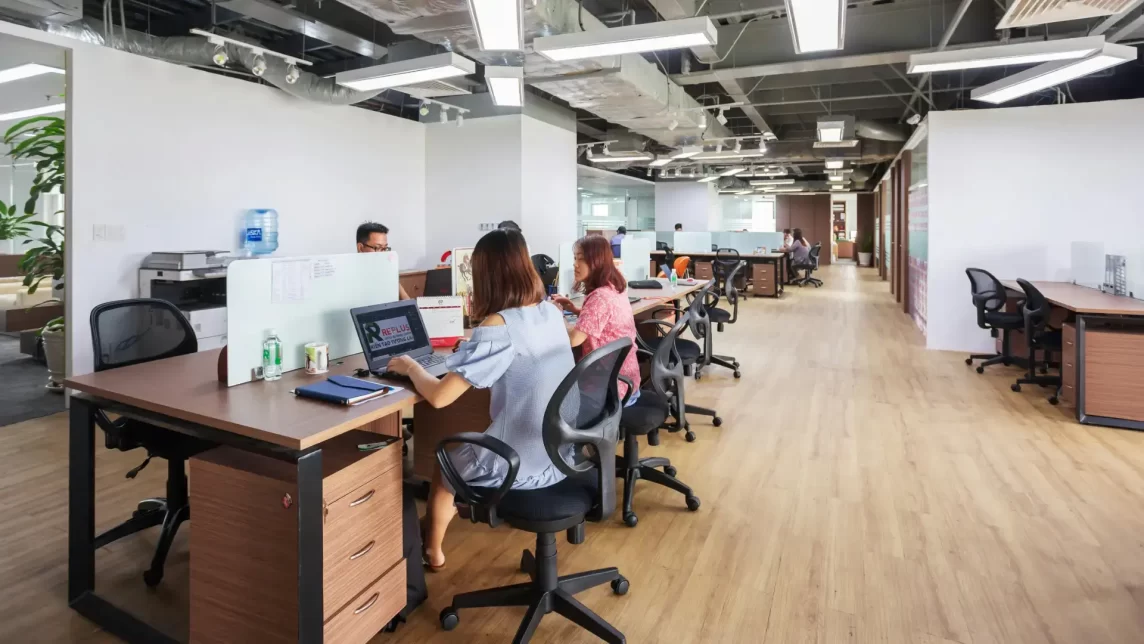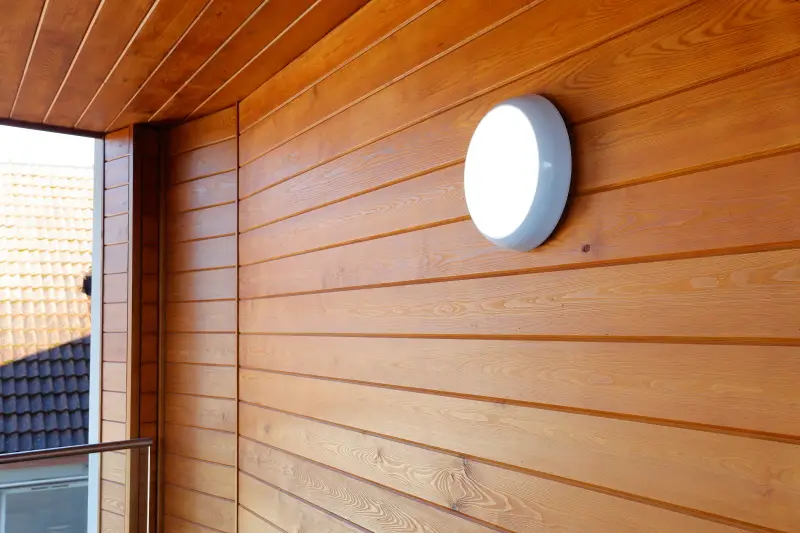
Lighting for neurodiversity means creating spaces that are inclusive for a wide range of neurological differences, including autism, attention deficit hyperactivity disorder (ADHD), dyslexia, dyspraxia (developmental coordination disorder) and more.
Accommodating diverse neurological needs through design is an area of growing concern for the built environment. It was only a year ago, in 2023, that the new London office of the Royal National Institute of Blind People (RNIB) became the first building in the UK to fully adopt a new BSI neurodiversity standard.
This standard (BSI PAS 6493) emphasises the importance of lighting, stating:
‘Good lighting is crucial in allowing people with sensory/neurological processing differences to use buildings conveniently and safely. Lighting can improve visibility in a space to prevent trips and falls. It can also create calm, therapeutic or stimulating environments and affect the quality of sleep.’
So, how can lighting meet diverse neurological needs, and what do those needs involve?
Understanding Neurodiversity and Lighting Sensitivities
Neurological profiles can be collectively grouped as:
- Neurotypical (the majority).
- Neurodivergent, the well-known examples of which are autism, ADHD, dyslexia.
- Neurodegenerative, whereby sensory processing differences develop over time, typically through age related conditions such as dementia or Parkinson’s.
To understand the relationship between lighting and neurodiversity, it’s essential to understand how different conditions can manifest in sensory experiences. For instance, individuals with autism spectrum disorder (ASD) may be hypersensitive to certain visual stimuli, such as flickering lights or intense brightness, while those with ADHD might struggle with maintaining focus in overly stimulating environments.
Lighting can exacerbate or alleviate these sensitivities. Harsh fluorescent lighting, for example, can be a trigger for sensory overload, while softer, diffused lighting can create a more comfortable and calming atmosphere. Understanding these nuances is key to designing spaces that are welcoming and inclusive for everyone.
What is the Best Light for Neurodiversity?
Here are five strategies to ensure a lighting system can better meet nuanced neurological needs:
- Use adjustable lighting controls: Providing the flexibility to adjust lighting intensity and colour temperature allows individuals to customise their environment based on their preferences and sensitivities. Dimmer switches, tunable white lighting systems, and smart lighting technologies can all contribute to a more adaptable space.
- Integrate natural light: Access to natural light has been shown to have numerous benefits for mental health and wellbeing. Maximising daylight exposure through strategically placed windows, skylights, and light wells can help create a connection to the outdoors while reducing reliance on artificial lighting sources.
- Design-in layered lighting: Incorporating multiple layers of lighting, including ambient, task, and accent lighting, allows for greater control over the visual environment. This approach enables individuals to adjust lighting levels based on specific activities and needs, whether it’s reading, working, or relaxing.
- Consider colour: The choice of lighting colour temperature can have a significant impact on mood and perception. Warmer tones (2,700K-3,000K) tend to create a cosy and inviting atmosphere, while cooler tones (4,000K-5,000K) are more energising and conducive to productivity.
- The colour temperature of lighting also has an impact on sleep cycles, with cooler white (4,000K and above), more likely to disturb the circadian rhythm and cause disruption to sleep cycles, due to the increased presence of blue light.
- Minimise glare and flicker: Glare and flickering lights can be particularly distressing for individuals with sensory sensitivities. Using glare-free fixtures, matte surfaces, and LED lighting with high-frequency drivers can help minimise these potential triggers.
Promoting Inclusivity Through Lighting Design
By considering the needs of neurodiverse individuals in lighting design, it is possible to create environments that nurture a sense of comfort and safety for all occupants. Whether the space is a classroom, workplace, healthcare facility, or residence, the choice of lighting system can make a profound difference in enhancing people’s quality of life and promoting inclusivity.
- As a leading lighting manufacturer committed to supporting better and healthier environments, Tamlite offers a range of lighting solutions designed with wellbeing in mind. For more information, please visit our website.




